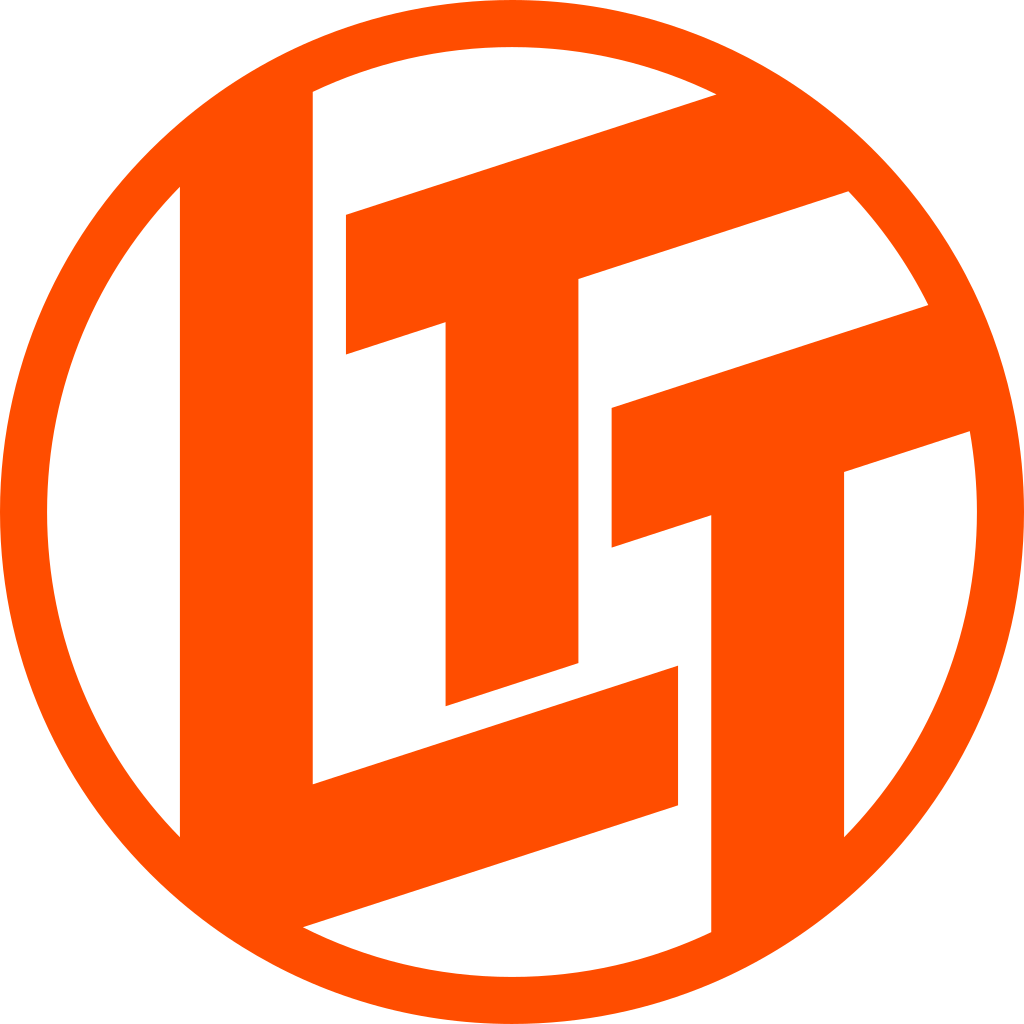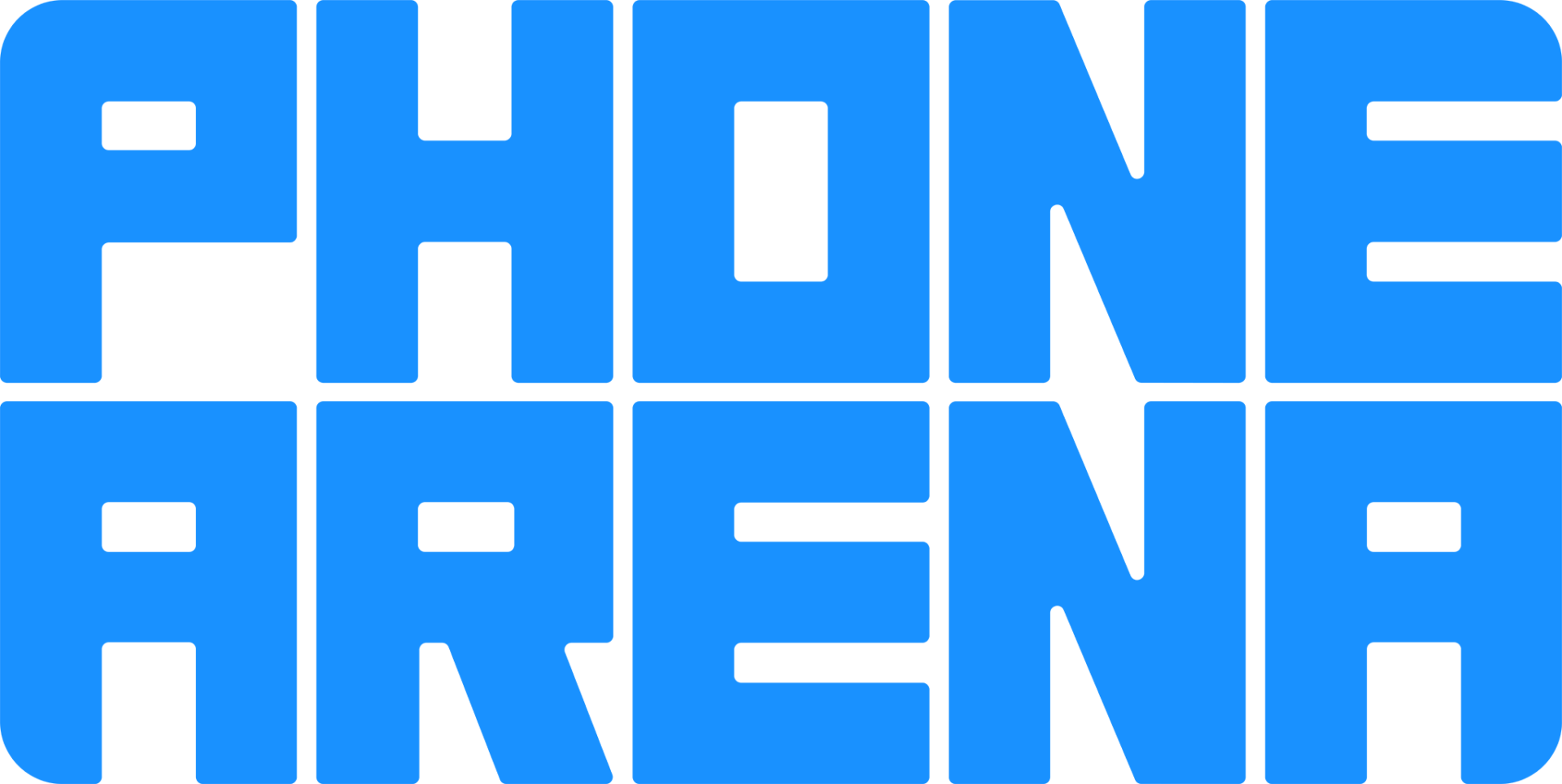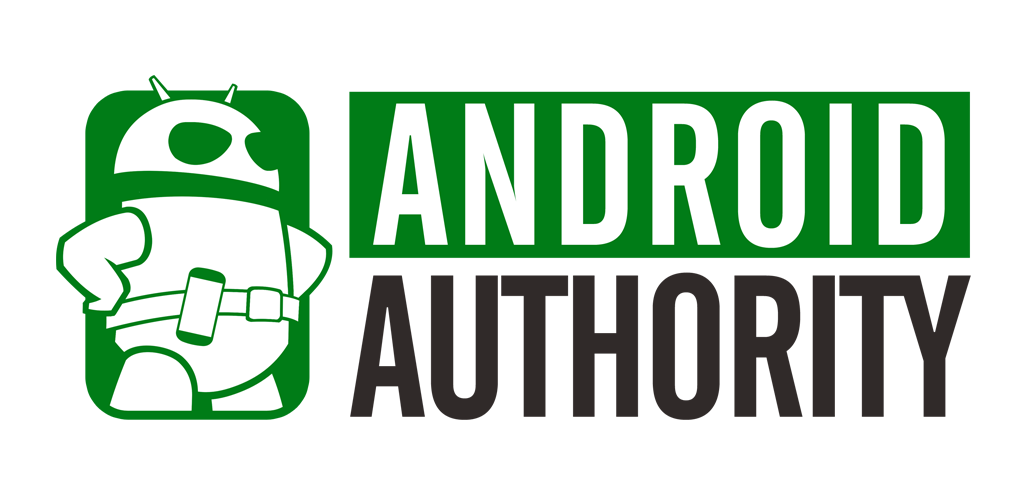A comparison of specs, key information, reviews, and best pricing from top retailers
Last updated -- hours ago | Report incorrect information
What we think

The PerfectRec laptop team Learn more
Updated January 10, 2024·
The ASUS Zenbook Pro 17 offers a larger screen, more storage, and significantly more RAM, making it a good choice for intensive tasks like engineering, 3D work, and machine learning. It's built with higher specs in areas such as processing power and graphics, and although heavier and less portable, it may be more suitable for demanding use-cases. In contrast, the XPG Xenia 14 is lighter and thus more portable, with a longer battery life, making it a better option for general use and where frequent travel or long work sessions away from power sources are common, but it won't perform as well with demanding tasks due to its less powerful processor and lower RAM. Give Feedback
this description is based on the product variant with some specs and product variant with some specs. At the time of writing, the variant with some specs cost some dollars and the variant with some specs cost some dollars.
Advantages of the ASUS Zenbook Pro 17
- Very good for general use
- Very good for engineering and design
- Very good for content creation
- Good overall display quality
- Very good speakers
Advantages of the XPG Xenia 14
- Excellent portability
- Very good battery life
- Very good keyboard
Key differences
General Use
8.3


7.3
1920 x 1080
RESOLUTION
1920 x 1200
IPS
DISPLAY TECHNOLOGY
IPS
400.0 nits
DISPLAY BRIGHTNESS
321.0 nits
9.0 Hours
BATTERY LIFE
10.0 Hours
6.7/10
KEYBOARD QUALITY SCORE
8.0/10
7.1/10
PORTABILITY SCORE
9.2/10
The ASUS Zenbook Pro 17 is very good for general use, while the XPG Xenia 14 is good.
The ASUS Zenbook Pro 17 is suited for general use with a more powerful CPU, more RAM, a larger screen, and a higher quality speaker system, but is less portable due to its size and weight. Conversely, the XPG Xenia 14 offers great portability with its smaller footprint and lighter weight, excellent battery life, and a higher screen pixel density, though it has a less potent CPU and half the RAM, which could affect performance in more demanding tasks.
Gaming and AI
6.9


6.1
5.1/10
OVERALL GPU SCORE
3.6/10
1920 x 1080
RESOLUTION
1920 x 1200
60Hz
REFRESH RATE
60Hz
Yes
SUPPORTS DLSS
No
No
MUX SWITCH / ADVANCED OPTIMUS
No
7.5/10
FAN NOISE SCORE
7.0/10
The ASUS Zenbook Pro 17 and XPG Xenia 14 are both only fair for gaming and AI, though the ASUS Zenbook Pro 17 is somewhat better.
The ASUS Zenbook Pro 17 is better for gaming and 3D because it has a dedicated Nvidia RTX 3050 GPU which is robust for such tasks, whereas the XPG Xenia 14 only comes with integrated Intel Iris Xe graphics, which provide fair performance but are not as powerful. Additionally, the Zenbook's larger screen size may offer a more immersive experience, though both have the same screen refresh rate and similar screen quality.
Engineering and Design
8.1


6.8
8.5/10
OVERALL CPU SCORE
4.9/10
5.1/10
OVERALL GPU SCORE
3.6/10
32.0 GB
RAM
16.0 GB
The ASUS Zenbook Pro 17 is very good for engineering and design, while the XPG Xenia 14 is only fair.
PerfectRec’s Engineering and Design Score takes into account the many different features of the laptop that make it more or less suitable for graphic design and 3D rendering work.
Content Creation
8.2


7.4
8.5/10
OVERALL CPU SCORE
4.9/10
1920 x 1080
RESOLUTION
1920 x 1200
32.0 GB
RAM
16.0 GB
IPS
DISPLAY TECHNOLOGY
IPS
The ASUS Zenbook Pro 17 is very good for content creation, while the XPG Xenia 14 is good.
PerfectRec’s Content Creation Score takes into account the many different features of the laptop that make it more or less suitable for photo editing, video editing and other content creation tasks.
Software Development
7.9


7.2
8.5/10
OVERALL CPU SCORE
4.9/10
32.0 GB
RAM
16.0 GB
1920 x 1080
RESOLUTION
1920 x 1200
6.7/10
KEYBOARD QUALITY SCORE
8.0/10
The ASUS Zenbook Pro 17 and XPG Xenia 14 are both good for software development, though the ASUS Zenbook Pro 17 is somewhat better.
PerfectRec’s Software Development Score takes into account the many different features of the laptop that make it more or less suitable for software developers.
Screen Quality
7.2


6.9
17.3in
SIZE
14.0in
1920 x 1080
RESOLUTION
1920 x 1200
IPS
DISPLAY TECHNOLOGY
IPS
60Hz
REFRESH RATE
60Hz
400.0 nits
BRIGHTNESS
321.0 nits
The ASUS Zenbook Pro 17 has a better screen than the XPG Xenia 14 for general use, gaming and AI, engineering and design, software development, and content creation.
For general use, both the ASUS Zenbook Pro 17 and XPG Xenia 14 have panels with high resolution and brightness, providing crisp visuals and good visibility in various lighting conditions, which is why their screen quality is considered good. Engineering and design professionals would find their screens suitable due to the coverage of color gamuts like DCI-P3 and Adobe RGB, vital for color-accurate work, explaining the good screen quality in these fields. However, their lower refresh rates, which are crucial for smooth visuals in fast-paced 3D environments, make them less ideal for gaming and 3D applications, leading to a classification as having poor screen quality for these uses.
Portability
Good


Excellent
17.3in
SIZE
14.0in
5.1 lbs
WEIGHT
2.2 lbs
0.7in
THICKNESS
0.5in
The XPG Xenia 14 has excellent portability, while the ASUS Zenbook Pro 17 has good portability.
The most portable laptops are small, thin, and light.
Cost
$1,500


$800
$0
$500
$1,000
$1,500
$2,000
$2,500
The ASUS Zenbook Pro 17 has a price of $1,500 and the XPG Xenia 14 costs $800.

Let Us Help Find Your Perfect Laptop
Find your new laptop
Key similarities
Battery
9.0 Hours


10.0 Hours
The ASUS Zenbook Pro 17 has 9 hours of battery life. The XPG Xenia 14 has 10 hours of battery life.
Battery life estimate is based on a mix of common use patterns. More portable and higher performing laptops tend to have less battery life.
Build Quality
7.2


7.2
The ASUS Zenbook Pro 17 and XPG Xenia 14 both have good build quality.
PerfectRec’s Build Quality Score incorporates case materials, display and keyboard flex, hinge quality, and overall reliability.
Give feedback
We’re constantly working to improve.
How the ASUS Zenbook Pro 17 and the XPG Xenia 14 compare to other laptops
Spec Comparison
| ASUS Zenbook Pro 17 | XPG Xenia 14 |
GENERAL | |||
|---|---|---|---|
| Price | |||
$1,500 | $800 | ||
Release Date | |||
Release Date | June 1, 2022 | October 1, 2021 | |
Overall Dimensions | |||
Overall Dimensions | 15.6'' x 10.2'' x 0.74'' | 12.2'' x 8.5'' x 0.59'' | |
Weight | |||
Weight | 5.18 lbs | 2.2 lbs | |
Width | |||
Width | 15.55" | 12.2" | |
Depth | |||
Depth | 10.18" | 8.46" | |
INTERNAL | |||
|---|---|---|---|
Processor | |||
Processor | AMD Ryzen 9 6900HX | Intel i5-1135G7 | |
RAM | |||
RAM | 32 GB | 16 GB | |
DDR Memory Version | |||
DDR Memory Version | 5 | 4 | |
RAM Slots | |||
RAM Slots | 0 | 2 | |
Storage | |||
Storage | 1024 GB | 512 GB | |
BATTERY | |||
|---|---|---|---|
Battery Life | |||
Battery Life | 9 Hours | 10 Hours | |
Battery Capacity | |||
Battery Capacity | 76 Wh | 53 Wh | |
SCREEN | |||
|---|---|---|---|
Diagonal Size | |||
Diagonal Size | 17.3" | 14" | |
Display Technology | |||
Display Technology | IPS | IPS | |
Resolution | |||
Resolution | 1920 x 1080 | 1920 x 1200 | |
Refresh Rate | |||
Refresh Rate | 60Hz | 60Hz | |
Display Brightness | |||
Display Brightness | 400 nits | 321 nits | |
RELIABILITY, APPEARANCE & ACOUSTICS | |||
|---|---|---|---|
Build Quality Score | |||
Build Quality Score | 7.2/10 | 7.2/10 | |
Portability Score | |||
Portability Score | 7.1/10 | 9.3/10 | |
Gaming Laptop Appearance | |||
Gaming Laptop Appearance | No | No | |
Premium Business Laptop | |||
Premium Business Laptop | No | No | |
Fan Noise Score | |||
Fan Noise Score | 7.5/10 | 7/10 | |
HARDWARE FEATURES | |||
|---|---|---|---|
Keyboard Quality Score | |||
Keyboard Quality Score | 6.8/10 | 8/10 | |
Speaker Quality Score | |||
Speaker Quality Score | 8/10 | 7/10 | |
Webcam | |||
Webcam | 720p | 720p | |
Fingerprint Reader | |||
Fingerprint Reader | Yes | No | |
Backlit Keyboard | |||
Backlit Keyboard | Yes | Yes | |
Number Pad | |||
Number Pad | Yes | No | |
CONNECTIVITY | |||
|---|---|---|---|
USB Type-A | |||
USB Type-A | 2 | 2 | |
USB-C ports | |||
USB-C ports | 2 | 2 | |
USB-C Charging | |||
USB-C Charging | Yes | Yes | |
Display Outputs | |||
Display Outputs | 3 | 3 | |
Thunderbolt Version | |||
Thunderbolt Version | N/A | 4 | |
Shopping
XPG Xenia 14
See more
Dig into reviews and images
NotebookCheck
Allen Ngo | July 2021
"The Xenia 14 is a top 14-inch laptop under 1 kg. ADATA isn't exactly known for its laptops and so we weren't expecting much from its first 14-inch Ultrabook. With that said, we're pleasantly surprised by how well the Xenia 14 looks and performs. Not only is it incredibly light, but it has a color accurate 16:10 display, high CPU and GPU performance, easy RAM and SSD serviceability, plenty of port options including Thunderbolt 4, and long battery life. It packs a lot of punch and features considering the size and weight to be better than even the LG Gram series."
Get a great deal on the ASUS Zenbook Pro 17 or the XPG Xenia 14
About ASUS
ASUS, a Taiwanese electronics brand, is one of the largest personal computer vendor by market share. The majority of their laptops are targeted towards personal use or gaming. Their most popular product lines include the budget-friendly VivoBook, more premium ZenBook, and their TUF and ROG gaming laptops, the latter of which has a reputation for excellent gaming performance.
Give feedback
We're constantly perfecting our model
Laptop guides you might be interested in
More comparisons for you
FAQs
FAQs about laptops
Why trust us
This information was produced and vetted by the PerfectRec laptops team. We are a product research and recommendation organization that meticulously reviews and evaluates the latest laptop information and makes it digestible for you.
By the numbers
380
Laptops evaluated
48,640
Laptops stats compiled
13
Proprietary Laptops ratings developed
131,595
Recommendations made
28,513
Consumer hours saved
About the laptop team
Joe Golden, Ph.D
CEO and Laptops Editor
Joe is an entrepreneur and lifelong electronics enthusiast with a Ph.D in Economics from the University of Michigan.
Jason Lew
Staff Expert & Software Engineer
Jason is a staff expert and software engineer that has been making laptop recommendations for 7 years and moderates one of the largest laptop subreddits.
Chandradeep Chowdhury
Staff Expert & Software Engineer
Chandradeep is a staff expert and software engineer and expert in televisions and monitors. He’s been making monitor recommendations for ten years.
Craig Russell
Laptops Expert
Craig is a UK-based laptops expert. Craig works in IT, where he recommends and supports laptops and PCs for clients and has been recommending laptops on Reddit for five years.







